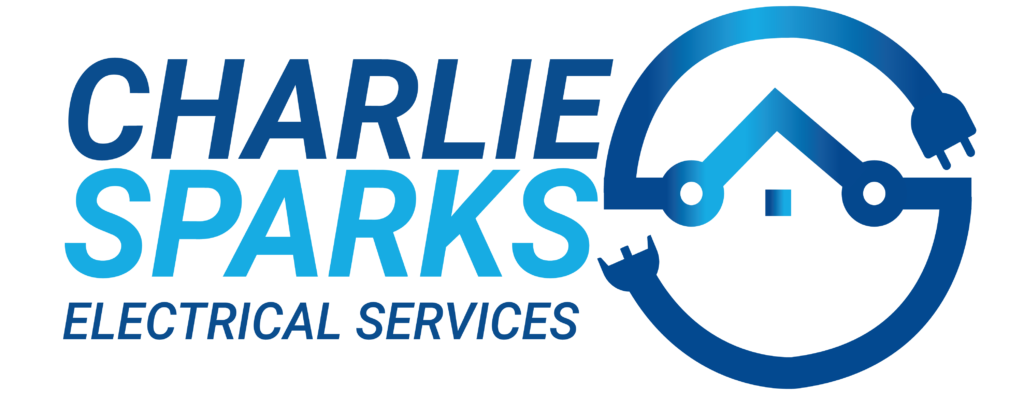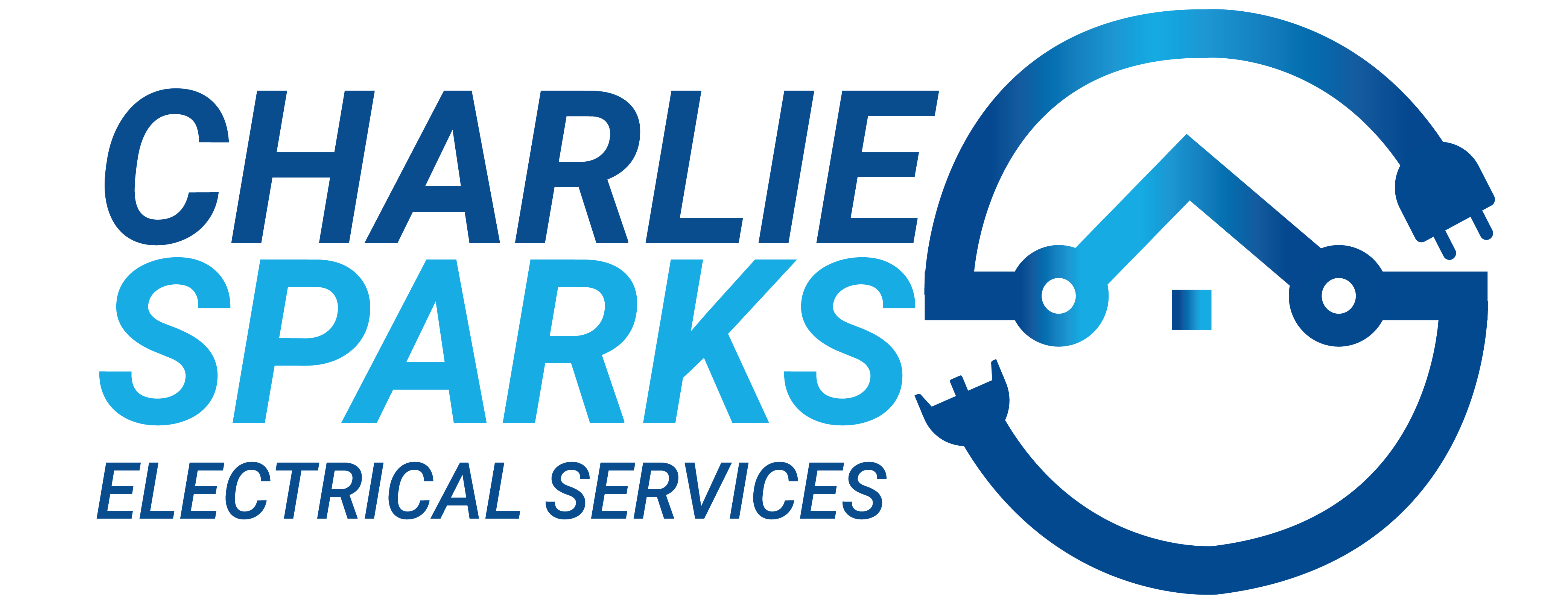Benefits Of Upgrading The Switchboard
The optimal functioning of your switchboard directly correlates with safeguarding your home against electrical hazards and promoting a healthy living environment. This crucial element of your electrical system is responsible for distributing electricity throughout your house.
If your switchboard is outdated, it may pose a severe risk to your safety. Faulty fuses can cause hotspots and electrical arcing, damaging your electrical appliances and even causing a fire.
Switchboards are often located in obscure parts of the house, which means a fire or spark can quickly spread, causing significant damage to your property and putting lives at risk.
An outdated switchboard may also trigger switches too often and have loose wires, which increases the risk of electrocution.
However, by upgrading your switchboard, you can mitigate these risks and ensure the safety and well-being of your family. This article will explore compelling reasons why upgrading your switchboard is wise.
Enhance The Safety Of Electrical Systems.
Outdated electrical switchboards pose a significant hazard due to their inherent wiring abnormalities.
Many such switchboards house wiring that fails to meet contemporary safety standards, thereby increasing the risk of short-circuits, sparks, and fires.
The absence of modern safety features, such as the residual current device (RCD), further compounds the danger.
These switchboards typically lack the necessary insulation, which, upon degradation, exposes electrical wires, posing a severe fire hazard. Moreover, the switchboards’ connections can cause a heat build-up in fuse and switch terminals, thereby increasing the fire risk.
Fortunately, upgrading to a modern switchboard can significantly mitigate these risks. Contemporary switchboards come equipped with safety switches and RCDs, which can prevent potentially fatal electrocution incidents by automatically disconnecting the circuit when a person is at stake.
It is essential to note that electrical safety requirements have evolved significantly over the years. As such, upgrading to a modern switchboard is an effective way of ensuring compliance.
Adapt To Changing Power Demands.
The progression of technology has resulted in an abundance of electrical appliances and devices utilized in both residential and commercial settings.
It has led to increased power demands, which, if not adequately managed, can result in electrical overloading and potentially hazardous situations such as fires. It is important to note that electrical circuits are designed to handle limited amounts of electricity, highlighting the significance of modern switchboards equipped with circuit breakers.
These devices are responsible for preventing power from surpassing designated limits, thus mitigating the risks associated with overloading.
Individuals must recognize that outdated switchboards may not handle the electricity needs of modern homes and businesses, leading to an array of issues, including short circuits, appliance damage, fires, and flickering light bulbs.
Make Savings
Outdated switchboards can drain your energy usage, causing an unwelcome spike in your monthly bills.
Not only that, but they tend to require more frequent maintenance and repairs, leaving you with the added expense and frustration of call-outs.
Luckily, modern switchboards come equipped with advanced circuit breakers and residual current devices, which help alleviate the need for costly electrician visits to address issues that would otherwise be common with older models.
Please upgrade to a newer switchboard today and start enjoying the energy efficiency benefits that come with it, saving you money in the long run.
Ensure Compliance With Electrical Standards.
To guarantee that modern households can handle the power usage demands of advanced technology and appliances, the government and other concerned entities establish minimum safety levels and electrical standards for all building owners to comply with.
It guarantees that the electrical systems in every home can handle the load and protect against overloading.
Among the crucial requirements set by these standards is including safety features in all lighting and power switches to prevent electrical faults from posing a risk to your property.
You Have Blown Fuses.
If you’ve been experiencing frequent problems with your home’s electrical fuses, it may be time to upgrade your switchboard. Traditional ceramic fuses can’t handle the demands of today’s high-powered appliances and devices and are prone to blowing or melting under pressure.
It can create serious safety risks for you and your family and increase fire risk. Consider replacing your old fuses with the latest safety switches to ensure your home’s electrical system is fully protected and up-to-date.
It will improve your safety and give you peace of mind knowing that your home has protection from electrical hazards.
Get Rid Of Asbestos-containing Panels.
Most switchboards from previous decades are with asbestos backing panels. Although these materials were once deemed applicable, the current risks associated with asbestos have made it practically impossible for electricians to conduct repairs without the risk of releasing asbestos fibers into the air.
For those utilizing older switchboards with asbestos, it is imperative to employ certified electricians with the expertise to safely remove the outdated backing panel and replace it with a new, safer alternative.
Fix Flickering Lights
Factors such as defective light bulbs, overloaded circuits, sudden power spikes from the grid, or an outdated switchboard can cause flickering lights.
More efficient switchboards can often need help to maintain a consistent flow of electricity. It’s essential to watch for tripped circuits, cluttered switchboard wiring, or burnt-out fuses to pinpoint the root cause of flickering lights.
An upgrade to your switchboard could be the solution to this problem.
Fire Prevention
The leading cause of house fires is mainly due to electrical issues. It’s crucial to keep your switchboard up to date to prevent the risk of these fires.
If you’re currently using an older switchboard, there could be potential for overcrowding of fuses which may loosen over time, resulting in electrical faults and possible fires.
Additionally, the increased demand for power from modern appliances on your outdated electrical system means you’ll need to have more capacity in your switchboard to avoid blown fuses and ensure high protection levels.
Upgrading your switchboard can provide peace of mind with circuits that have RCDs designed to detect faults in your appliances and electrical wiring, tripping to cut off all power instantly.
Upgrading your switchboards can safeguard your property against potential electrical hazards. With updated switchboards, you can rest assured that you’re taking proactive steps to prevent electrical accidents and downtime.
Take your time – invest in an upgrade today and enjoy peace of mind knowing that you’ve taken the necessary precautions to protect your property and its occupants.
Frequently Asked Questions
What is the right time to upgrade my switchboard?
If your fuses are frequently blowing, consider upgrading your switchboard. This will ensure the efficient and safe flow of electricity throughout your home. Additionally, if you notice flickering lights, it’s essential to investigate the cause.
It could be something as simple as a loose light bulb, but it’s also possible that there is loose wiring in your switchboard that could cause damage. Pay attention to these warning signs, which could lead to more severe issues.
How does a switchboard upgrade work?
An enhanced switchboard refers to a modernization of your existing switchboard to accommodate greater electrical capacity or to meet the demands of a more robust electrical system.
What is the importance of switchboards?
Electrical processes heavily rely on switchboards, essential in distributing electricity to homes and buildings.
These devices ensure safety by effectively dividing the main electrical power feed into smaller branch circuits, which make it possible for power to reach different areas of the building.




